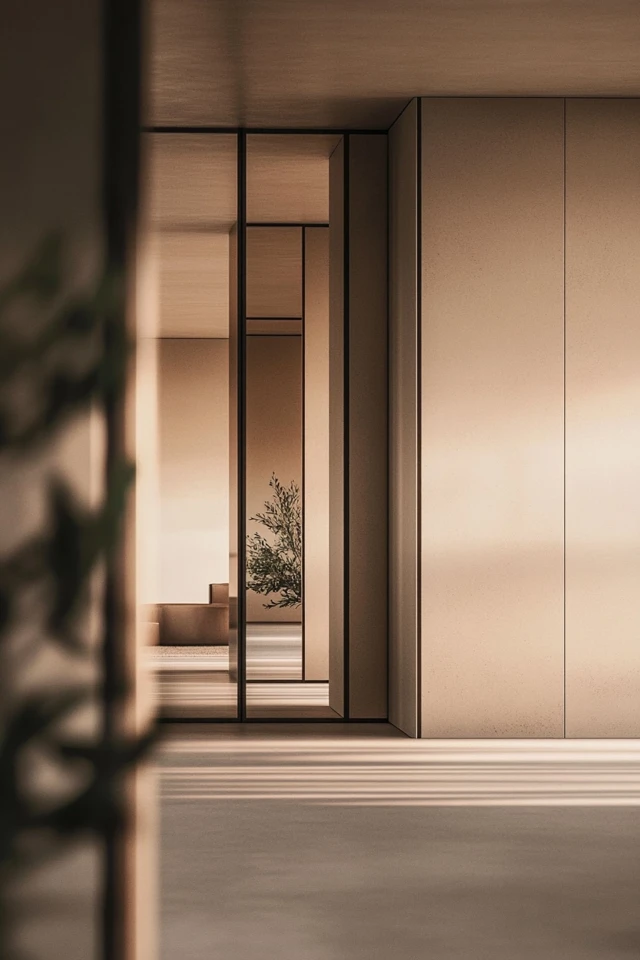Before Reading this Article, Hire Us As Your Designer or Take a Look at My Top 3 Amazon Picks!
If you are looking to blend Amazon's furniture finds with a personalized touch for your space, check out my portfolio, and hire us! You'll get 3 Idea boards, 2 Concept Boards, 2 Realistic Renderings, a Floor Plan, and a Shopping List! Everything's online, plus a 25% discount on your first online interior design project with my Havenly Promo code 4c7441bcfb. With over 2,000 designs since 2017 and top US brand partnerships, your project is in expert hands. US only. Ready to start?
Minimalista: Your Step-by-Step Guide to a Better H...
41% OffDeclutter Your Home Like A Minimalist: Minimalism ...
$8.99 (as of January 22, 2025 19:16 GMT -06:00 - More infoProduct prices and availability are accurate as of the date/time indicated and are subject to change. Any price and availability information displayed on [relevant Amazon Site(s), as applicable] at the time of purchase will apply to the purchase of this product.)The Joy of Less, a Minimalist Living Guide: How to...
32% OffIntroduction
Decluttering isn’t just about tidying up; it’s about creating a space that feels calm, intentional, and aligned with your lifestyle. When I first began decluttering my home, I felt completely overwhelmed. Every drawer, shelf, and closet seemed to be bursting with stuff I hadn’t touched in years. But after embracing a minimalist mindset and focusing on the things that truly mattered, I transformed my home into a sanctuary of simplicity.
Decluttering your space like a minimalist means more than just throwing things away—it’s about evaluating what adds value to your life and letting go of the rest. In this guide, I’ll share the best tips for tackling clutter, creating a system, and maintaining a minimalist space that feels light and purposeful.
Why Decluttering Is Essential in Minimalism
Key Benefits
- Reduces Stress: A clutter-free space leads to a calmer mind.
- Saves Time: Less clutter means less time spent cleaning, organizing, or searching for things.
- Enhances Functionality: Minimalist spaces are easier to use and enjoy.
- Boosts Focus: Simplified surroundings allow you to concentrate on what’s important.
1. Set Clear Goals
Why It Works
Having a clear purpose helps you stay focused and motivated throughout the decluttering process.
How to Do It
- Identify why you want to declutter—is it for more space, better organization, or a calmer home?
- Visualize your ideal space and how you want it to feel.
- Break your goals into smaller tasks, such as decluttering one room or category at a time.
- Write down your goals to keep yourself accountable.
2. Use the “One-Year Rule”
Why It Works
This rule helps you quickly determine what’s truly essential by assessing how often you use an item.
How to Do It
- If you haven’t used something in the past year, consider letting it go.
- Apply this rule to clothes, kitchen tools, and other items that tend to pile up.
- For sentimental items, take a picture before donating or recycling them to preserve the memory.
3. Declutter by Categories
Why It Works
Focusing on one category at a time (rather than an entire room) prevents overwhelm and ensures nothing is overlooked.
How to Do It
- Start with easier categories, like clothes or books, before tackling sentimental items.
- Group all items from a category in one place to see how much you own.
- Decide what to keep based on value, usefulness, and joy.
- Work through categories systematically, such as:
- Clothes
- Books
- Paperwork
- Kitchenware
- Sentimental items
4. Adopt the “One In, One Out” Rule
Why It Works
This rule helps maintain a clutter-free space by preventing new items from accumulating.
How to Do It
- For every new item you bring into your home, remove one similar item.
- Apply this rule to clothing, decor, or other frequently purchased items.
- Make it a habit to regularly assess your belongings to avoid build-up.
5. Create a “Maybe” Box
Why It Works
The “maybe” box gives you time to evaluate whether you truly need or want an item before deciding to part with it.
How to Do It
- Place items you’re unsure about in a box and store it out of sight for 30–60 days.
- If you don’t use or think about the items during that time, let them go.
- Avoid revisiting the box too often to prevent second-guessing your decisions.
6. Start Small and Build Momentum
Why It Works
Starting with small areas helps you gain confidence and motivation to tackle larger projects.
How to Do It
- Begin with a single drawer, shelf, or corner of a room.
- Set a timer for 15–30 minutes and declutter as much as you can in that time.
- Celebrate small wins to stay motivated for the bigger tasks ahead.
- Gradually increase the size of the areas you work on as your confidence grows.
7. Be Honest About Sentimental Items
Why It Works
Sentimental items are often the hardest to part with, but being honest about their value helps you let go.
How to Do It
- Ask yourself if the item truly brings you joy or if it’s simply taking up space.
- Keep only the most meaningful items and let go of duplicates or things with no real significance.
- Take photos of sentimental items you want to remember but don’t need to keep.
- Consider passing items on to friends or family who may appreciate them more.
8. Donate or Recycle Responsibly
Why It Works
Knowing your items are going to good use makes it easier to let go.
How to Do It
- Donate clothes, furniture, and household items to local charities or thrift stores.
- Recycle paper, electronics, and other materials at designated facilities.
- Host a yard sale or list items online to give them a second life.
- Avoid throwing things away unless absolutely necessary to reduce waste.
9. Use Storage Solutions Wisely
Why It Works
Minimalist storage keeps your home organized without adding unnecessary bulk or visual clutter.
How to Do It
- Use clear bins or labeled boxes to store seasonal items or rarely used essentials.
- Opt for furniture with hidden storage, like ottomans or bed frames with drawers.
- Avoid buying new storage solutions until after you’ve decluttered.
- Keep storage areas tidy and revisit them regularly to ensure they remain functional.
10. Maintain the Decluttered Space
Why It Works
Decluttering is only the first step—maintenance ensures your space stays minimalist over time.
How to Do It
- Commit to daily or weekly tidying routines to prevent clutter from building up again.
- Regularly assess your belongings and let go of items that no longer serve you.
- Be mindful of new purchases—ask yourself if they truly add value to your life.
- Revisit your decluttering goals every few months to stay on track.
Picture Gallery

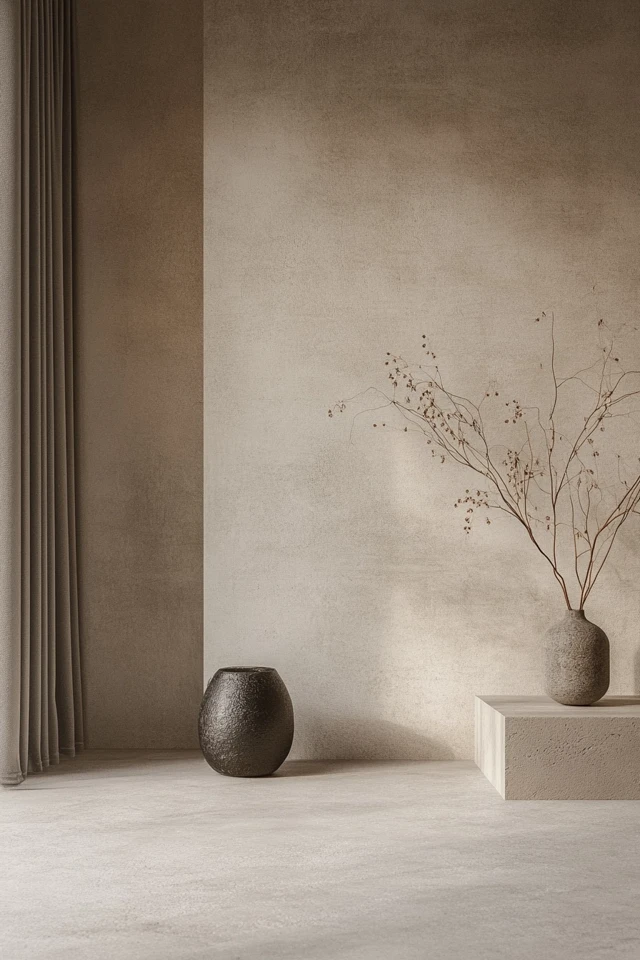
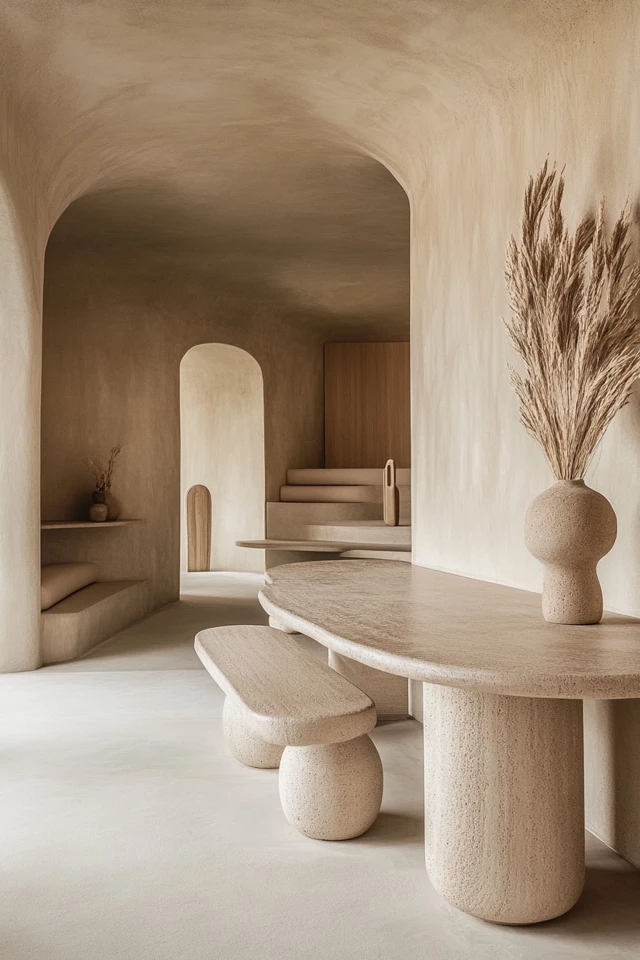
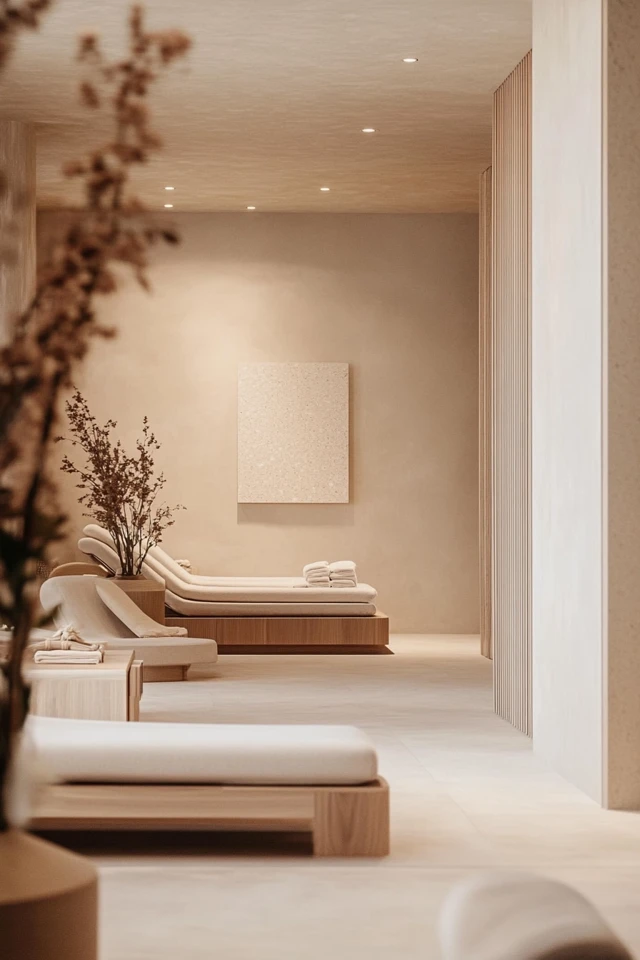
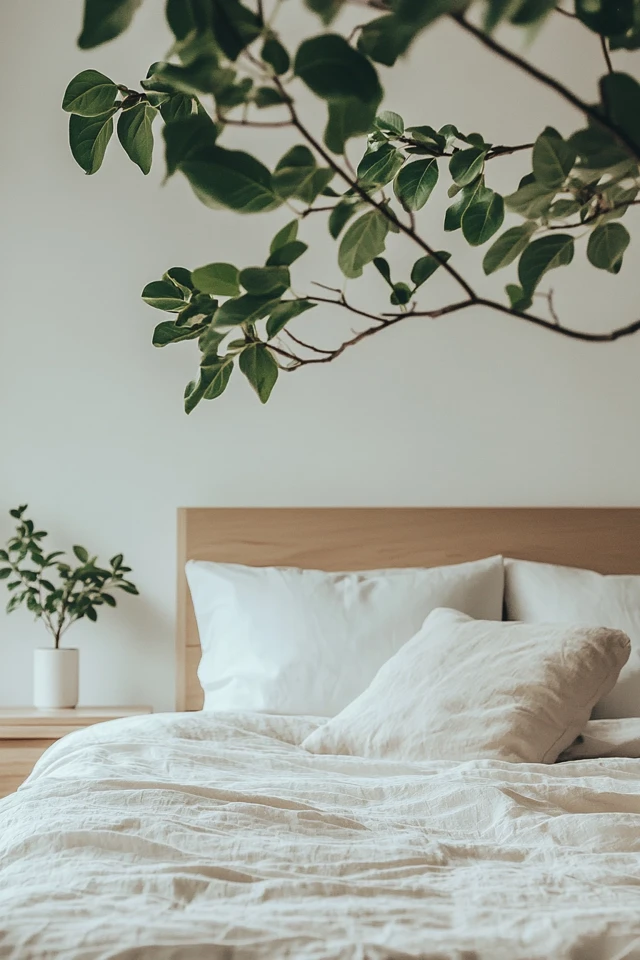

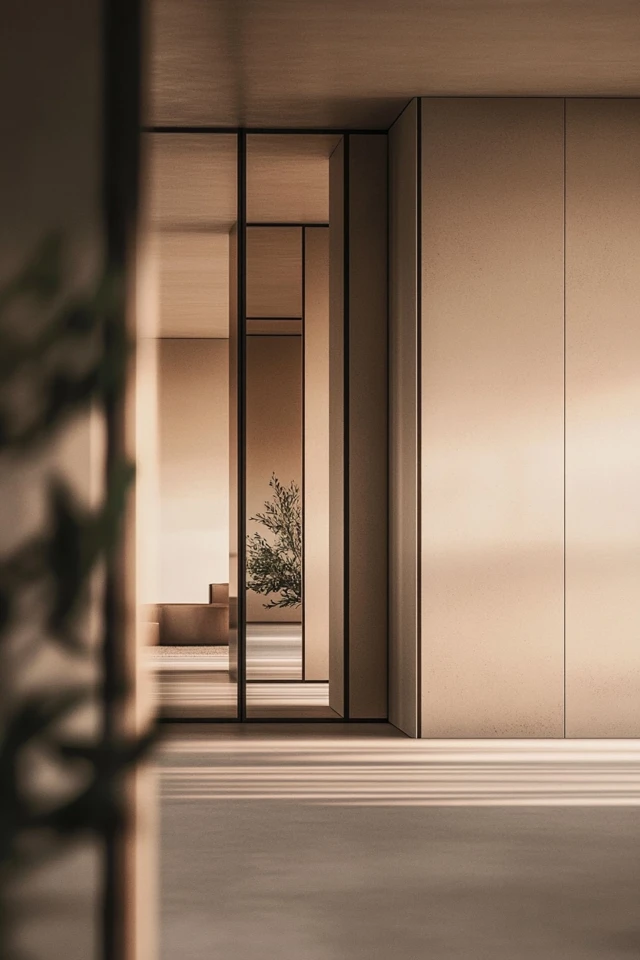
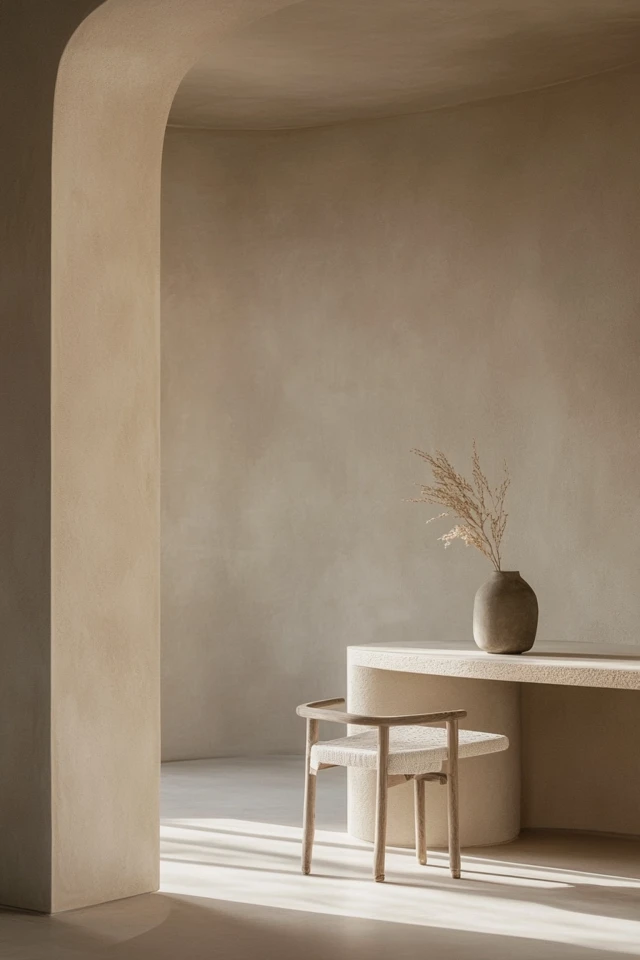
Conclusion
Decluttering your space like a minimalist is about more than just organizing—it’s a mindset shift that helps you prioritize what truly matters. By following these tips, you can create a home that feels lighter, more intentional, and uniquely yours.
What I love most about minimalist decluttering is how empowering it feels. Letting go of unnecessary items not only frees up physical space but also clears mental clutter, giving you a fresh perspective on what’s important.
So start small. Tackle one drawer, one closet, or one category at a time. With each step, you’ll feel the weight lifting and see your home transforming into a peaceful, minimalist retreat.
FAQ
What’s the difference between decluttering and minimalism?
Decluttering is the process of removing unnecessary items, while minimalism is a lifestyle that focuses on living with intention and only keeping what adds value to your life.
How do I avoid feeling overwhelmed when decluttering?
Start small, set achievable goals, and focus on one area or category at a time. Break the process into manageable steps.
What should I do with items I no longer need?
Donate, recycle, or sell items whenever possible. Avoid sending items to the landfill unless absolutely necessary.
How do I maintain a clutter-free home?
Adopt habits like the “one in, one out” rule, commit to regular tidying routines, and be mindful of new purchases.
Can I be sentimental and still embrace minimalism?
Yes! Minimalism isn’t about eliminating everything—it’s about keeping the most meaningful and valuable items while letting go of excess.

